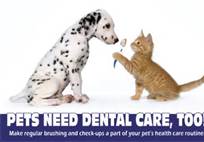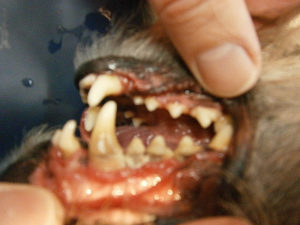
Dogs and cats age much more quickly than humans and it’s important to catch problems early if you want to ensure a long and happy life for your companion animal. Dental checks are an ideal opportunity for owners to find out if their pet has an existing problem which has gone unnoticed. Dental checks also help ensure bacteria and poisons from dental infections do not spread to the heart, liver kidneys through the bloodstream.
You should check your pet’s teeth regularly as pets often won’t show pain. Even pets with sore gums, an infected mouth or broken teeth will continue to eat so you may not notice they have problems.
Dogs are pack animals and showing weakness is not part of their nature. They need to eat to survive so won’t go off their food until the pain is unbearable.
Signs of toothache or an infection in the mouth to look out for in cats and dogs include bad breath, red and inflamed gums and stained teeth. Your pet may also start dropping food when they are eating.
Vets also recommend regular tooth brushing. Tooth brushing is safer and more effective than chewing and many dogs and cats can be trained to enjoy having their teeth brushed, especially if started when they’re young.
Although bones are a popular treat that you may be using for dental care, they can cause problems such as broken teeth and gut obstructions.

Tartar is your teeth’s number one enemy. It blocks oxygen from bathing the outer tooth and thus makes the area around the tooth a low oxygen environment which is perfect for anaerobic bacteria. Anaerobic bacteria are much more harmful to the bone and tissues of the gum and can cause significant damage to the tooth and its surrounding tissues.
The periodontal ligament becomes damaged, the bone around the tooth is literally eaten away, and as a result the gums become sensitive and sore. Eventually the tooth is lost and, if the bone damage is severe enough, the jaw can break. Worse still, the bacteria of the mouth can spread to other areas in the body, leading to infection in the heart, liver, kidney or virtually anywhere the bloodstream carries them. This can be a very serious risk, especially in older and frailer pets.
It is a good idea to become comfortable opening your pet’s mouth and looking inside. Lift the lip and look at the teeth, especially the back teeth. Open the mouth and look at the inside of the teeth and at the tongue. If you have pets of different ages, compare what you see inside.
Look in your pet’s mouth and identify the line of gingival attachment. Approximately 70% of the tooth should be under the gum line.
Gingivitis is reversible. Bone loss, once it starts, is not reversible.
Let us help you make sure your pet’s teeth are looked after…
To make an appointment contact the Mosman Vet team on 9960 2856 or book online.
Posted on 6 August 2013
Last updated on 11 December 2019
Tagged with: dental


